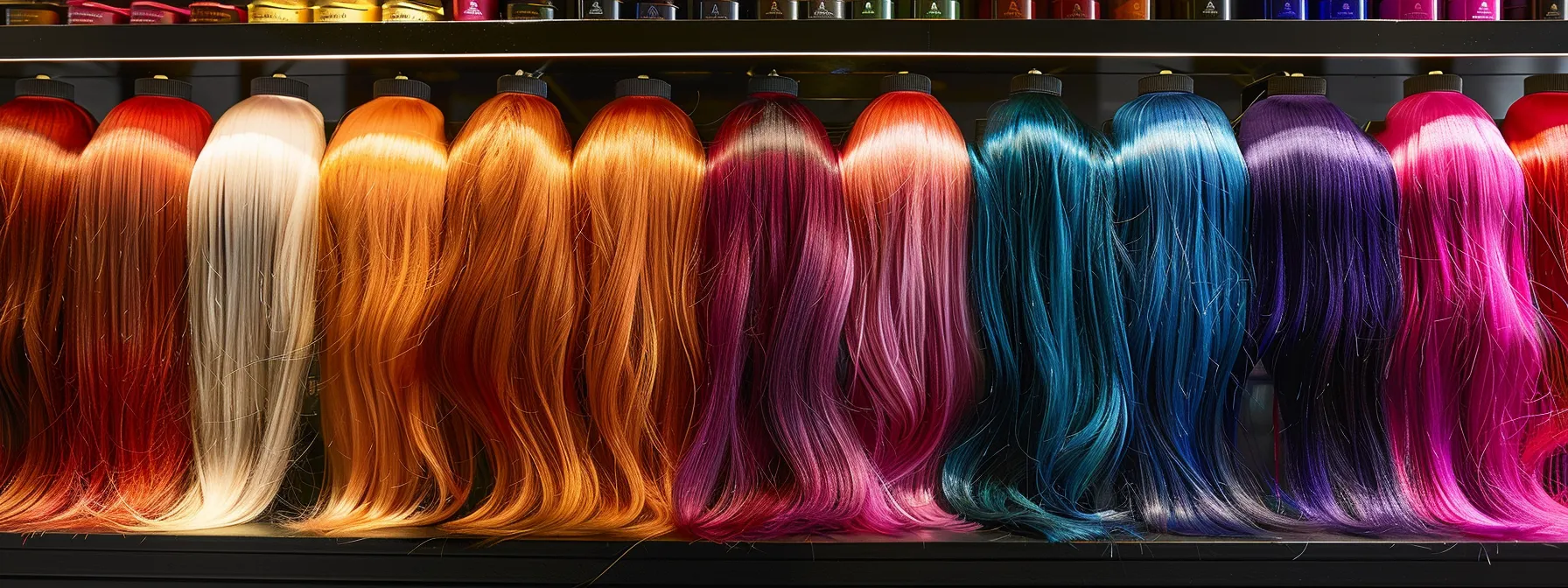Are you confused about the differences between balayage, ombre, and highlights? This guide will demystify these popular hair color techniques, helping you choose the perfect look for your style. We’ll explore the unique characteristics of each method, compare their pros and cons, and provide tips for maintaining your colored hair. By the end, you’ll have the knowledge to confidently discuss your hair color goals with your stylist and achieve the vibrant, dimensional look you desire.
Key Takeaways
- Balayage offers a natural, sun-kissed look with low maintenance and seamless regrowth
- Ombre creates a dramatic gradient effect from dark roots to lighter ends
- Traditional highlights provide uniform, all-over lightening with versatile placement options
- Communicate clearly with your stylist using visual references and specific preferences
- Maintain colored hair with sulfate-free products, deep conditioning, and heat protection
Understanding Balayage: A Hand-Painted Hair Color Technique
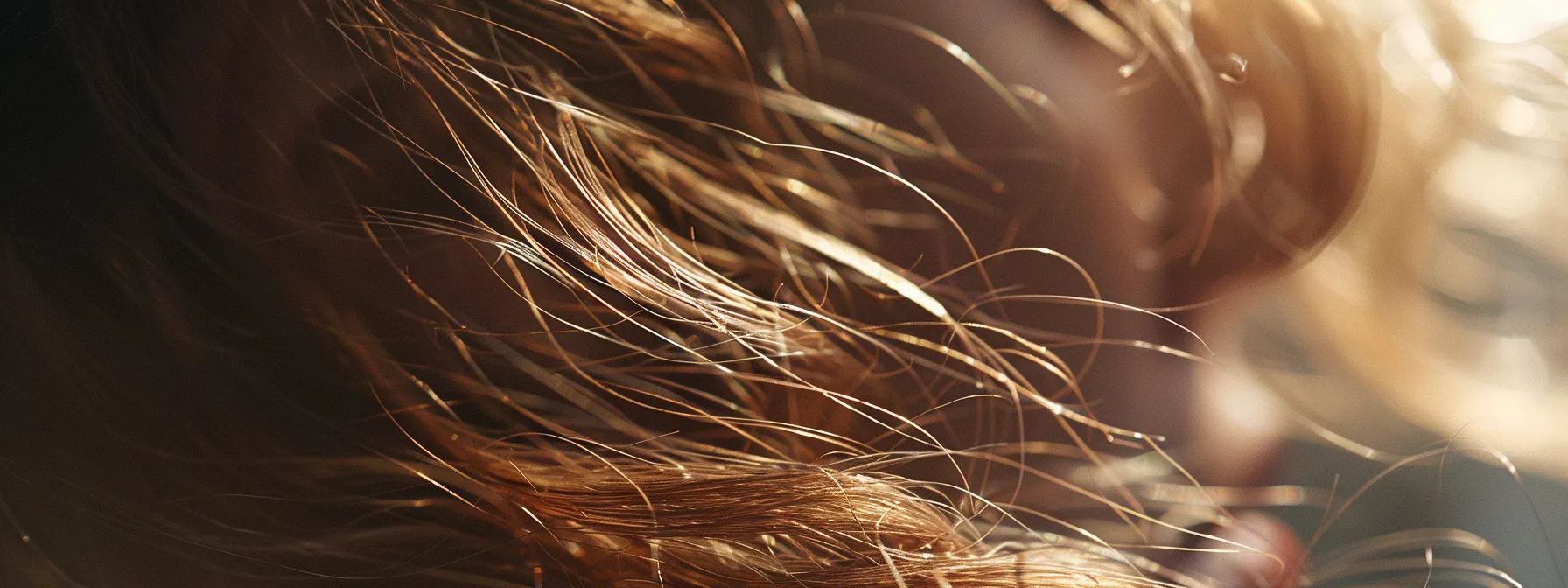
Balayage is a hand-painted hair color technique that creates a natural, sun-kissed look. Unlike traditional highlights, balayage offers a more gradual, seamless transition between colors. This section explores the unique features of balayage and its benefits for achieving a natural appearance, helping you understand why it’s become a popular choice among hair color enthusiasts.
What Is Balayage and How Does It Differ From Highlights?
Balayage is a French word meaning “to sweep” or “to paint,” which perfectly describes this hair coloring technique. Unlike traditional highlights that use foils, balayage involves hand-painting color onto the hair in a sweeping motion. This method allows for a more natural-looking, sun-kissed effect that blends seamlessly with your base color.
The key difference between balayage and highlights lies in the application and final result. Highlights typically create a more uniform, striped pattern throughout the hair, while balayage offers a softer, more graduated color transition. With balayage, the colorist can strategically place lighter shades to complement your facial features and hair’s natural movement.
Another distinguishing factor is the grow-out process. Balayage tends to grow out more naturally, requiring less frequent touch-ups compared to traditional highlights. This low-maintenance aspect, combined with its customizable nature, has made balayage a popular choice for those seeking a fresh, modern look that enhances their natural hair color.
Benefits of Choosing Balayage for a Natural Look
Balayage offers a natural, sun-kissed look that enhances your hair’s inherent beauty. This technique allows for a seamless blend of colors, creating depth and dimension without harsh lines or obvious regrowth. You’ll achieve a more organic appearance that mimics the way hair naturally lightens in the sun.
The customizable nature of balayage gives you more control over your final look. Your stylist can strategically place lighter tones to complement your facial features and skin tone, resulting in a personalized color that flatters your unique characteristics. This tailored approach ensures you get the most flattering results possible.
One of the biggest advantages of balayage is its low-maintenance nature. The gradual transition between colors means less noticeable regrowth, allowing you to extend the time between salon visits. This not only saves you time and money but also reduces the potential damage from frequent coloring sessions, keeping your hair healthier in the long run.
The sun set on balayage, its painted strokes fading into the horizon. As night fell, a new gradient emerged, promising the seamless beauty of ombre.
Exploring Ombre: Creating a Seamless Color Transition
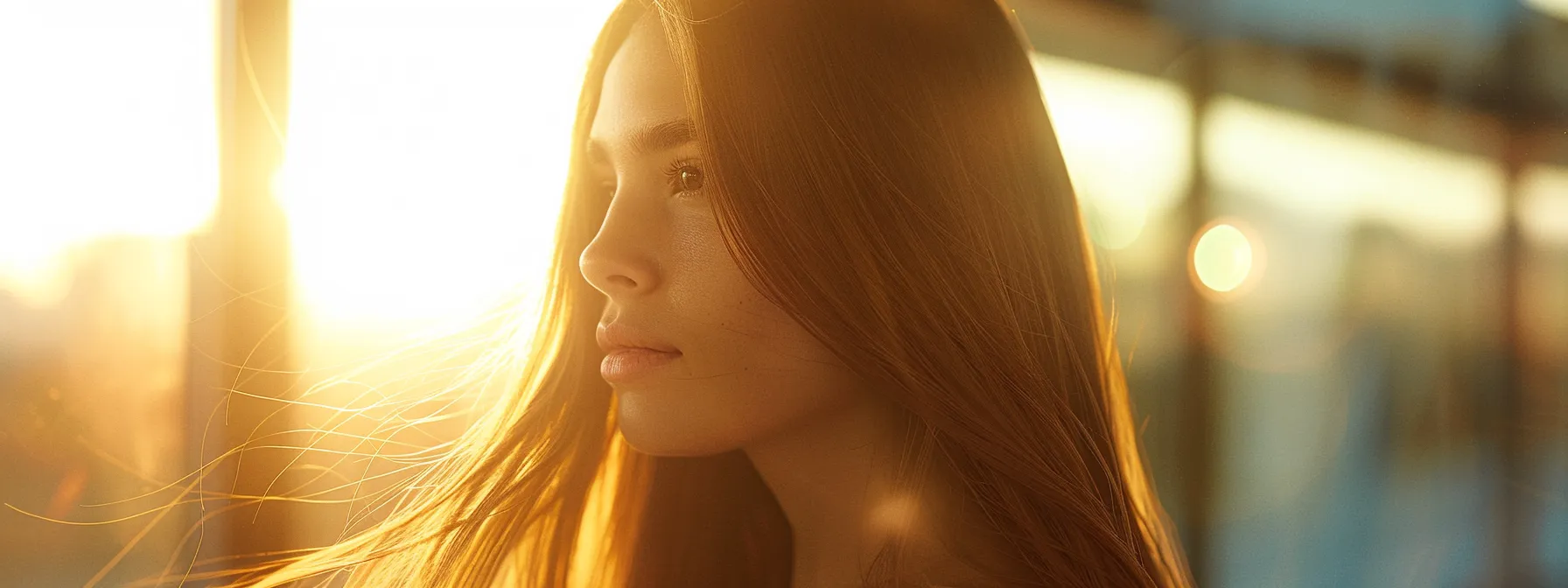
Ombre hair coloring creates a gradual transition from dark roots to lighter ends, offering a striking yet natural-looking effect. In this section, you’ll learn the fundamentals of ombre techniques and discover step-by-step guidance to achieve the perfect ombre look. Understanding these concepts will help you decide if ombre is the right choice for your hair transformation.
The Basics of Ombre Hair Coloring Explained
Ombre hair coloring creates a stunning gradient effect, transitioning from darker roots to lighter ends. This technique differs from traditional highlights by focusing on a vertical color shift rather than horizontal streaks. You’ll achieve a bold, eye-catching look that appears natural and effortless.
To create an ombre effect, your stylist will typically start with your natural hair color at the roots and gradually lighten the mid-lengths and ends. The transition point can be adjusted to suit your preferences, whether you want a dramatic contrast or a more subtle blend. This versatility makes ombre suitable for various hair lengths and styles.
One of the key advantages of ombre is its low-maintenance nature. As your hair grows, the new growth blends seamlessly with the existing color, allowing you to extend the time between touch-ups. This makes ombre an excellent choice if you’re looking for a striking change that doesn’t require frequent salon visits.
Steps to Achieve the Perfect Ombre Effect
To achieve the perfect ombre effect, start by choosing your desired color palette. Consider your natural hair color and skin tone to select complementary shades that will create a stunning gradient. Your stylist will help you determine the best placement for the transition point, typically beginning around the mid-lengths of your hair.
Next, your stylist will apply the lightening product to create the ombre effect. They’ll use a freehand technique, blending the color from dark to light to ensure a seamless transition. The application process may involve backcombing or teasing sections of hair to create a soft, diffused line between the darker and lighter areas.
After processing, your stylist will rinse out the lightener and apply a toner to refine the color. This step helps eliminate any brassy tones and ensures a cohesive look throughout your hair. Finally, they’ll style your hair to showcase the new ombre effect, allowing you to see how the color enhances your overall appearance.
The ombre trend faded. Highlights emerged, promising new life for tired locks.
Highlights Unveiled: Adding Dimension to Your Hair
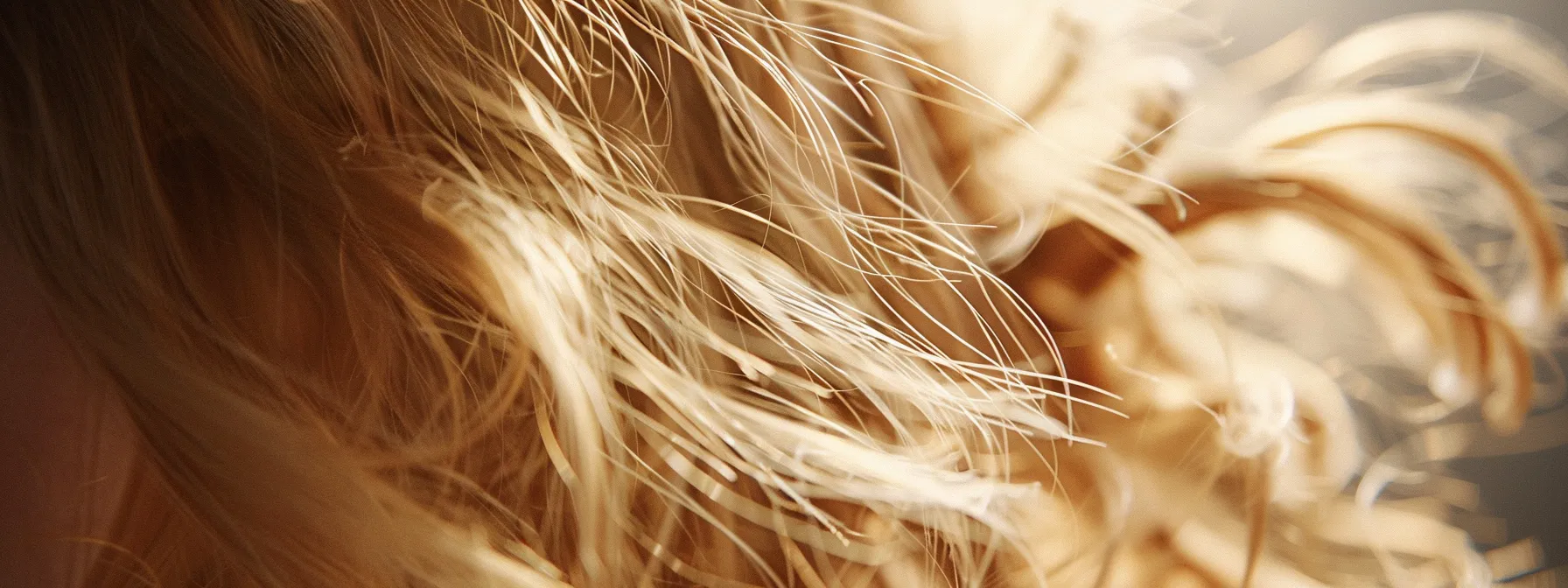
Highlights add dimension and depth to your hair, creating a multi-tonal effect that enhances your natural color. In this section, you’ll explore different types of highlights and their effects on your overall look. You’ll also learn how to choose the right highlight shade to complement your skin tone and base hair color.
Different Types of Highlights and Their Effects
Traditional highlights involve lightening select strands of hair throughout your head, creating a multi-dimensional look. You can choose from full highlights, which cover your entire head, or partial highlights, which focus on specific areas like the crown or face-framing sections. These techniques add depth and brightness to your hair, enhancing your natural color.
Foil highlights offer precise color placement, allowing for more dramatic contrasts. Your stylist will section your hair and apply lightener to specific strands, wrapping them in foil to process. This method creates a more structured, uniform look compared to freehand techniques, and is ideal if you want bold, defined streaks.
Babylights are ultra-fine highlights that mimic the natural sun-lightened appearance of children’s hair. This subtle technique involves taking very thin sections of hair and lightening them slightly, resulting in a soft, natural-looking dimension. Babylights work well for all hair colors and are particularly effective for adding movement to fine or thin hair.
How to Choose the Right Highlight Shade for You
When choosing the right highlight shade, consider your natural hair color and skin tone. For a natural look, select a shade that’s no more than two to three levels lighter than your base color. If you have cool undertones, opt for ash or platinum blonde highlights. For warm undertones, go for golden or caramel hues.
Your lifestyle and maintenance preferences play a crucial role in selecting highlight shades. If you prefer low-maintenance looks, choose subtle highlights close to your natural color. For those who enjoy frequent changes, bolder contrasts might be more appealing. Remember, dramatic highlights often require more upkeep to maintain their vibrancy.
Consult with your stylist to determine the best highlight placement for your face shape and desired effect. Face-framing highlights can soften features, while highlights concentrated on the crown add volume. Your stylist can create a customized highlight plan that enhances your unique features and achieves your desired look.
Highlights add depth, but they’re just the beginning. Now let’s explore the nuances of balayage, ombre, and highlights to find your perfect match.
Balayage vs. Ombre vs. Highlights: Making the Right Choice
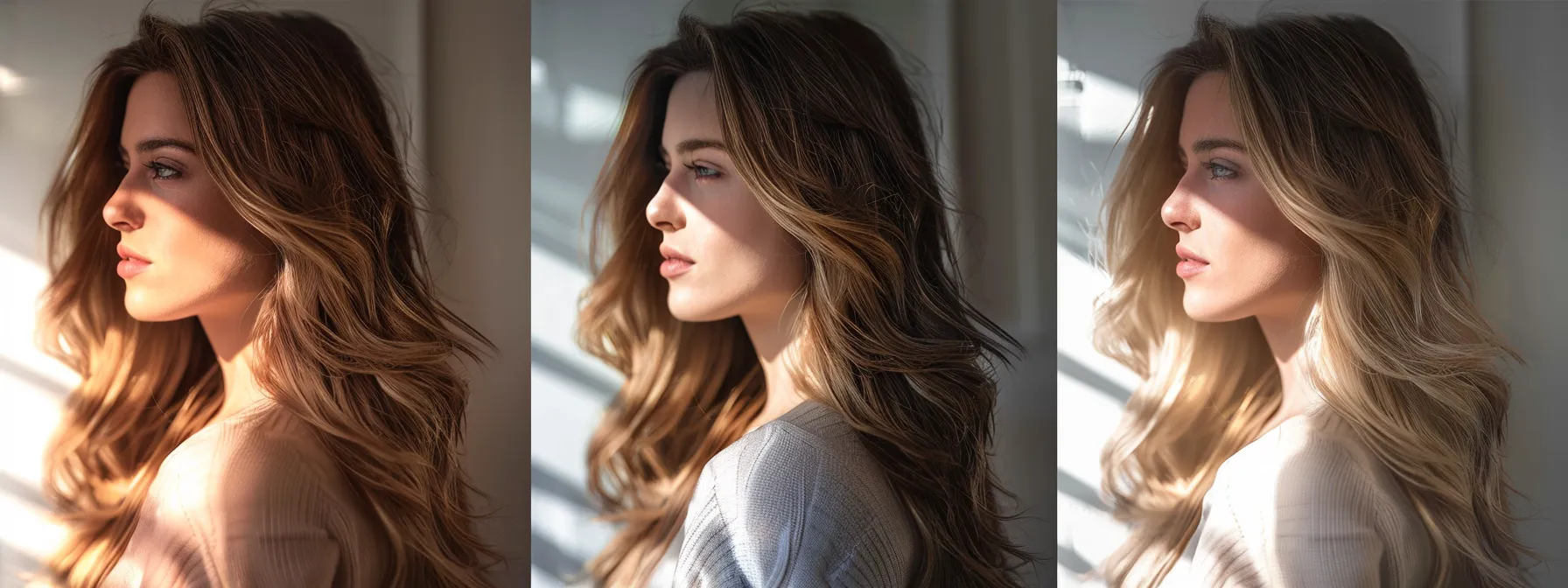
Choosing between balayage, ombre, and highlights depends on your desired look and maintenance preferences. This section compares these techniques, helping you understand which one aligns best with your style. You’ll also learn about key factors to consider when selecting a hair color method, ensuring you make an informed decision for your next salon visit.
Comparing Techniques: Which One Suits Your Style?
When choosing between balayage, ombre, and highlights, consider your desired level of maintenance and the overall look you want to achieve. Balayage offers a natural, sun-kissed effect with low upkeep, making it ideal if you prefer a subtle, lived-in look. This technique allows for seamless regrowth and requires fewer touch-ups, perfect for those with busy lifestyles.
Ombre creates a more dramatic gradient effect, transitioning from dark roots to lighter ends. This technique suits you if you’re after a bold, eye-catching look that still grows out naturally. Ombre works well on various hair lengths and can be customized to create either a subtle or striking contrast, depending on your preference.
Traditional highlights provide a more uniform, all-over lightened appearance. You might choose this technique if you want to brighten your entire head of hair or add dimension throughout. Highlights offer versatility in placement and intensity, allowing you to achieve anything from subtle, natural-looking brightness to bold, contrasting streaks that frame your face.
Factors to Consider When Selecting a Hair Color Method
Your hair’s current condition and texture play a crucial role in selecting a color method. If your hair is damaged or fine, you might opt for balayage, which allows for a more gentle application. For thick or coarse hair, ombre or traditional highlights can create striking effects without overwhelming your hair’s natural texture.
Consider your lifestyle and maintenance preferences when choosing a coloring technique. Balayage and ombre typically require less frequent touch-ups, making them ideal if you prefer low-maintenance styles. Traditional highlights may need more regular appointments to maintain their crisp appearance, especially if you opt for a high-contrast look.
Your skin tone and natural hair color should guide your choice of coloring method and shades. Consult with your stylist to determine which technique will best complement your features. They can help you select the right placement and intensity of color to enhance your overall appearance and achieve your desired look.
Color decisions made. Now, prepare for your salon visit. The right preparation ensures your vision becomes reality.
Preparing for Your Hair Coloring Appointment
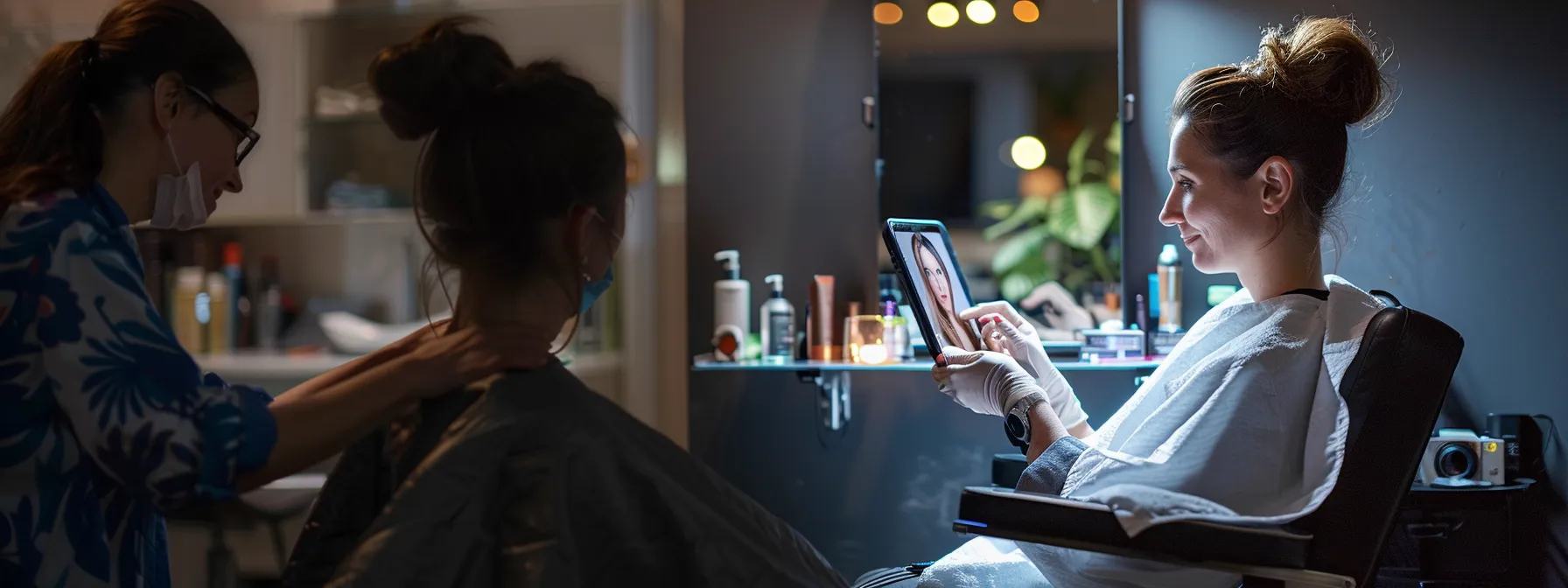
Preparing for your hair coloring appointment is crucial for achieving the best results. Learn how to effectively communicate your desired look to your stylist and discover pre-coloring hair care tips to ensure optimal outcomes. These steps will help you get the most out of your salon experience and achieve the hair color you desire.
How to Communicate Your Desired Look to Your Stylist
When communicating your desired look to your stylist, bring visual references. Collect images of hair colors and styles you like, focusing on those that match your desired outcome. These visual aids help your stylist understand your expectations and determine if they’re achievable for your hair type and condition.
Be specific about your preferences and concerns. Describe the exact shade, placement, and intensity of color you want. Mention any previous color treatments, your hair care routine, and lifestyle factors that might affect your color choice. This information helps your stylist tailor the treatment to your needs.
Discuss your maintenance preferences and schedule. Let your stylist know how often you’re willing to return for touch-ups and how much time you can dedicate to daily styling. This helps them recommend a coloring technique that aligns with your lifestyle and ensures you’re satisfied with the long-term results.
Pre-Coloring Hair Care Tips for Optimal Results
Prepare your hair for coloring by avoiding washing it for 24-48 hours before your appointment. This allows natural oils to protect your scalp during the coloring process. Use a clarifying shampoo a few days prior to remove any product buildup that could interfere with color absorption.
Perform a deep conditioning treatment a week before your appointment to ensure your hair is well-hydrated. This helps the color penetrate more evenly and reduces the risk of damage. Avoid using heat styling tools in the days leading up to your appointment to minimize stress on your hair.
Consider trimming your hair before coloring to remove any split ends or damaged sections. This ensures the color is applied to healthy hair, resulting in a more vibrant and long-lasting finish. Additionally, inform your stylist of any recent chemical treatments or medications that might affect the coloring process:
- Recent perms or relaxers
- Keratin treatments
- Medications that may affect hair or scalp sensitivity
- Previous at-home coloring attempts
Color applied, transformation complete. Now, the real challenge begins: keeping that vibrant hue alive.
Maintaining Colored Hair: Tips for Lasting Vibrancy
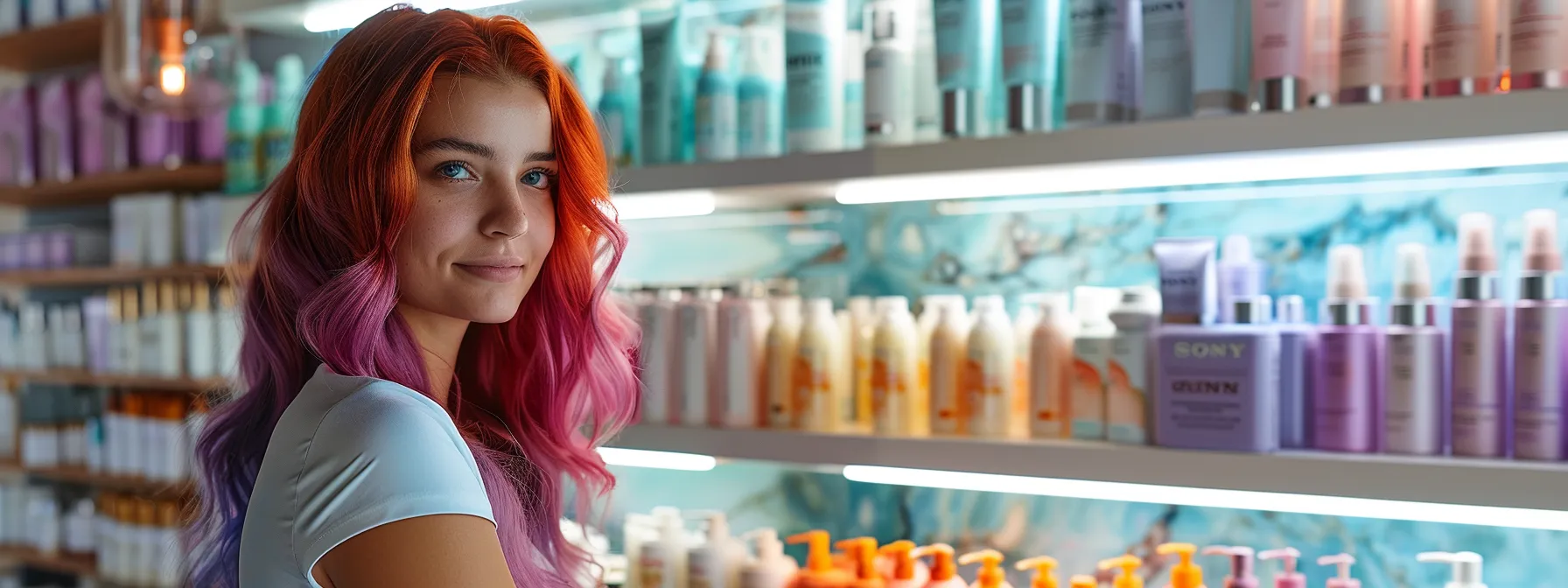
Maintaining your newly colored hair is crucial for long-lasting vibrancy. Learn about recommended hair care routines and essential products to protect and enhance your color. These tips will help you preserve the beauty of your balayage, ombre, or highlights, ensuring your hair stays healthy and vibrant between salon visits.
Recommended Hair Care Routine After Coloring
After coloring your hair, wait at least 48 hours before washing it. This allows the color to fully set and penetrate the hair shaft. When you do wash, use lukewarm water and a sulfate-free, color-safe shampoo to prevent color fading. Limit washing to 2-3 times a week to maintain your hair’s natural oils and color integrity.
Incorporate a weekly deep conditioning treatment into your routine to keep your colored hair hydrated and healthy. Apply a color-protecting mask or treatment to damp hair, focusing on the mid-lengths and ends. Leave it on for the recommended time, then rinse thoroughly with cool water to seal the cuticle and lock in moisture.
Protect your colored hair from heat damage by using a heat protectant spray before styling. When possible, air-dry your hair or use the cool setting on your blow dryer. Limit the use of hot tools, and when you do use them, keep the temperature below 350°F (175°C). Follow these steps to maintain your color-treated hair:
- Use color-safe products
- Avoid excessive heat styling
- Protect hair from sun and chlorine
- Schedule regular trims
- Touch up roots as needed
Products to Protect and Enhance Your Hair Color
Invest in a high-quality, color-safe shampoo and conditioner to protect your newly colored hair. These products are formulated with gentle cleansing agents and nourishing ingredients that help preserve your color’s vibrancy. Look for options containing UV filters to shield your hair from sun damage, which can cause premature fading.
Use a leave-in conditioner or hair oil to keep your colored hair hydrated and smooth. These products help seal the cuticle, lock in moisture, and add shine to your hair. Apply a small amount to damp hair, focusing on the mid-lengths and ends, to combat dryness and frizz while enhancing your color’s radiance.
Incorporate a color-depositing conditioner or gloss into your routine to maintain your hair color between salon visits. These products contain pigments that temporarily refresh your color and boost shine. Use them once a week or as needed to keep your hair looking vibrant and healthy. Key products for color-treated hair include:
- Color-safe shampoo and conditioner
- Deep conditioning mask
- Leave-in conditioner or hair oil
- Heat protectant spray
- Color-depositing conditioner or gloss
Frequently Asked Questions
What is the difference between balayage, ombre, and highlights?
Balayage is a freehand painting technique for natural-looking, sun-kissed hair. Ombre features a gradual color transition from dark roots to lighter ends. Highlights involve lightening select strands throughout the hair for added dimension and brightness.
How long does a balayage, ombre, or highlight treatment typically last?
Balayage, ombre, and highlight treatments typically last 3-4 months, depending on hair growth and maintenance. Regular touch-ups every 8-12 weeks can extend the life of these color techniques, keeping your hair looking fresh and vibrant.
Can balayage, ombre, or highlights be done on all hair types?
Balayage, ombre, and highlights can be applied to most hair types, including straight, wavy, curly, and coily textures. However, the technique and final result may vary depending on the hair’s natural color, texture, and condition. Consultation with a skilled colorist is essential for optimal results.
How often should I touch up my balayage, ombre, or highlights?
Touch-ups for balayage, ombre, or highlights typically depend on your desired look and hair growth rate. Generally, every 8-12 weeks is recommended to maintain the color and blend. However, some clients prefer a more lived-in look and may extend touch-ups to 3-4 months.
What products are best for maintaining colored hair?
For colored hair, opt for sulfate-free shampoos and conditioners specifically designed for color-treated locks. Use color-protecting leave-in treatments, heat protectants, and UV-blocking products. Incorporate weekly deep conditioning masks to maintain moisture and vibrancy. Minimize heat styling and wash with cool water to preserve color longevity.

